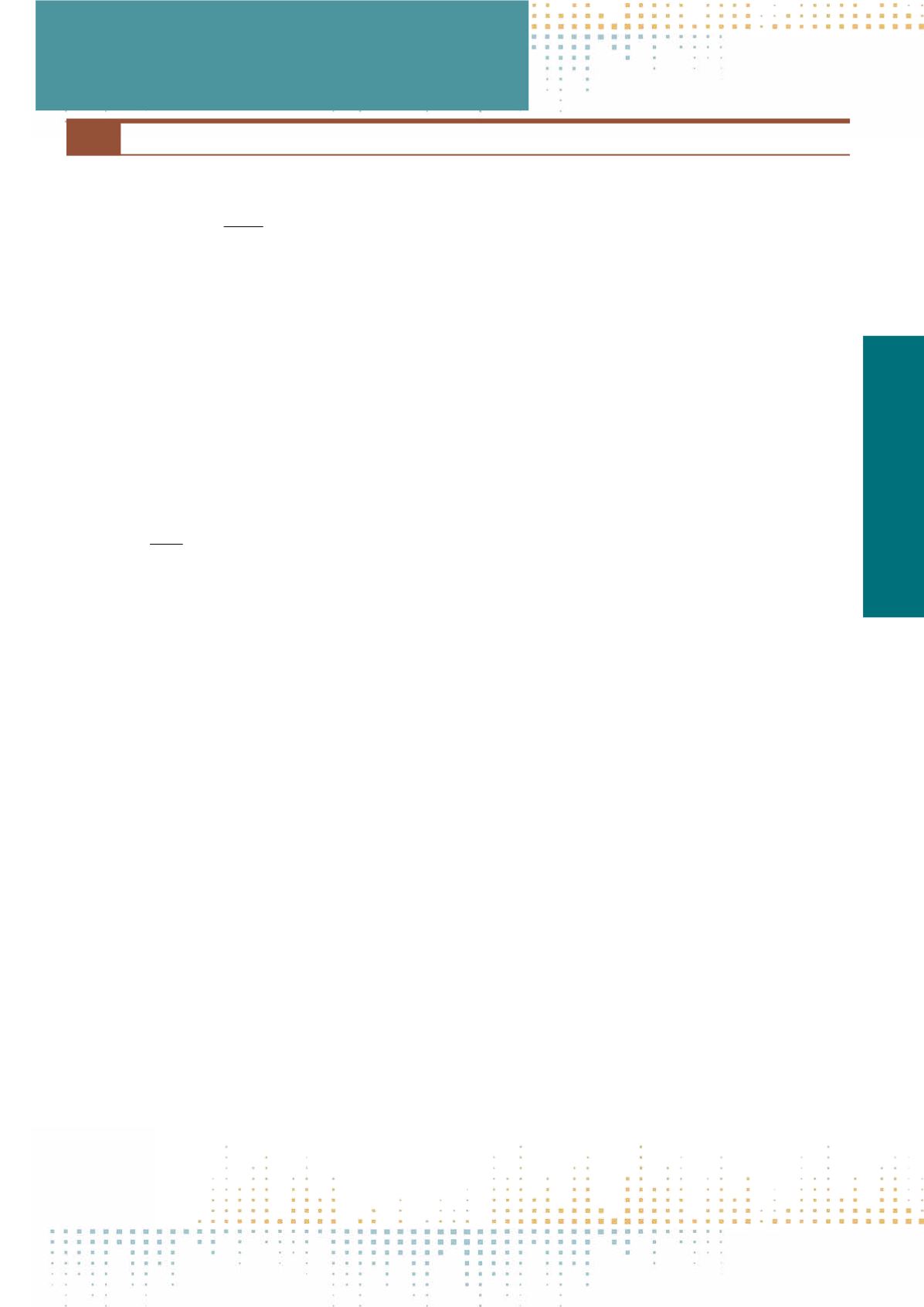

321
Thursday, November 10
1 4 : 3 0 – 1 6 : 0 0
ICS01
Interaction and Social Strategies in Online Social Life
PP 177
Between Bridging and Bonding: Befriending Online and Relationship Quality for Romanian Adolescents. Perspectives from
a Qualitative Investigation
M. Barbovschi
1
, A. Velicu
1
1
Romanian Academy, Institute of Sociology, Bucharest, Romania
This paper aims to describe, using a qualitative approach, the history of befriending online for early adolescents and adolescents (11–18 years old). Many
studies highlight the opportunities that SNSs represent for early adolescent and adolescent by offering an relatively safety space to experiment new identi‑
ties and relationships (Clarke, 2012, boyd, 2008).Thus, friendship seems to be in the centre of adolescents life, as it was often argue that in early adolescence
there is a shift from the family influence to peer influence (Clarke, 2012; Pasquier, 2008) and that later on, from the early adolescent to the adolescent,
there is another shift from the importance of belonging to a group to being an individuality (Bornholt, 2000). Using Putnam’s (2000) concepts of“bridging”
and “bonding”, we will try to see, in a diachronic perspective, how at this age the friendship relations on the internet switch from the tendency to tighten
the existing friendship in an attempt to consolidate the feeling of belonging to a group (bonding) to the tendency to reach new horizon and enlarge the so‑
cial circle (bridging). In addition we will use dimensions of friendship quality as were described by Ladd, Kochenderfer and Coleman (1996) – validation,
aid, self-disclosure, conflict, exclusivity, companionship – for understanding how exactly age (from a developmental perspective, Valkenburg and Peter,
2011), personal history of internet and / or SNS use, and affordances of technology (Hutchby, 2001) influence the process of befriending online. This paper
is based on the data from the first qualitative fieldwork of Friends 2.0 project (2015–2017), which takes place in Romania and aims to explore the meaning
of friendship for adolescents in the context of social media use. The first qualitative stage of the project consist in 12 single-sex focus groups with young
people aged 11–13, 14–15, 16–18, in two urban areas in Romania.
PP 178
The Interplay of Mothers and Fathers Mediation Strategies Regarding Their Children’s Internet Use
R. Festl
1
, A. Langmeyer-Tornier
1
1
German Youth Institute, Children and Child Care, München, Germany
The long research history on parental knowledge and actions regarding their children’s media use started about thirty years ago in times of increasing
television use. Until today, many studies analyzed the parental handling of children’s media use nowadays especially focusing on digital media and Internet
use. These findings mainly confirmed four different parental mediation styles: restrictive mediation (e.g., setting rules), co-using, active mediation (e.g.,
talking about online media content) and forms of technological mediation (e.g., using monitoring software). Regarding the use of different mediation
styles, previous studies identified an array of influencing factors including features of the parents (e.g., socioeconomic status, Internet use and attitudes)
and the children (especially age and gender). However, only very few studies also looked at mediation differences between mothers and fathers. Moreover,
these studies for the most part either asked mothers or fathers, but did not rely on the educational and behavioral interplay of both parents. In the present
study, we therefore looked at two central aspects of parental mediation on children’s Internet use, namely restrictive mediation and co-using the Internet.
Using dyadic data of mothers and fathers, we analyzed how these two strategies of parental mediation can be explained, how they are interrelated, and
how they influence the (perceived) frequency of their children’s Internet use. The study was part of a representative, large-scale survey study among over
20,000 families in Germany conducted in 2014. For the present analyses, we exclusively concentrated on nuclear families (mother, father, biological child)
with children and adolescents between 8 and 15 years whose parents answered an additional media module (mothers: N = 1849; fathers: N = 1255). We
finally used the data, if both parents filled out the questionnaire and indicated that their child at least sometimes uses the Internet, resulting in a final dyadic
sample of 1044 mothers and fathers. For mothers and fathers, we found small positive relations of perceived educational competence regarding the Internet
and the use of both parental mediation styles. In addition, the influence of perceived educational competence on co-using the Internet was partly mediated
via a more intensive use of Internet-related rules. Both forms of mediation were more intensively applied by parents who have younger children, especially
confirmed for co-using the Internet. Restrictive forms of mediation were more common for boys, apparent for mothers and, to a smaller extent, also for
fathers. Regarding the children’s Internet use (perceived by both parents), the mothers (but not fathers) own amount of use played a decisive positive role,
regardless of the applied regulations. However, the more co-use was practiced the less children generally used the Internet. Looking at the cross-lagged
paths, we did not identify any partner effects between mothers and fathers. Therefore, our results suggest that parental mediation describes an individual
behavior that seems to be mainly influenced by characteristics of the child and the parents’own features rather than depending on their partner’s estimates
and behavior. Implications for parental media education are discussed.
Interpersonal Communication
and Social Interaction
(ICS01–ICS08)



















